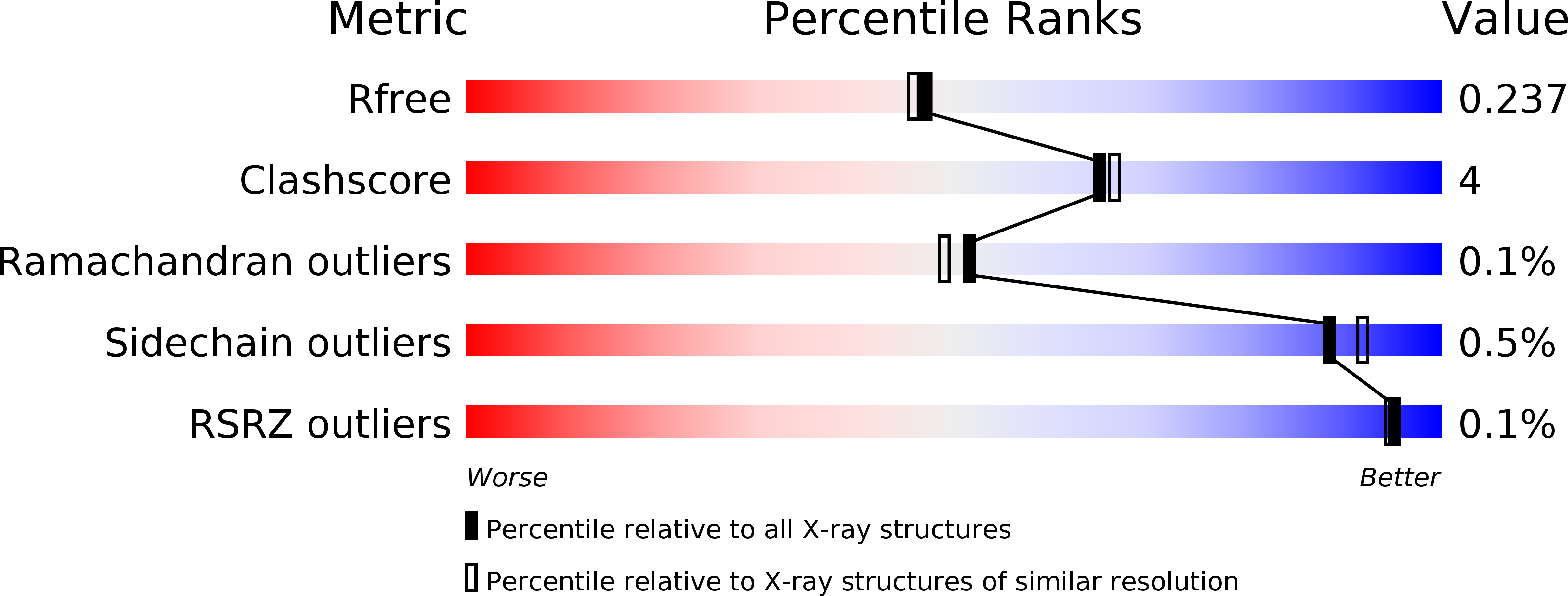
Deposition Date
2007-12-19
Release Date
2008-03-11
Last Version Date
2024-04-03
Entry Detail
PDB ID:
3BQ5
Keywords:
Title:
Crystal Structure of T. maritima Cobalamin-Independent Methionine Synthase complexed with Zn2+ and Homocysteine (Monoclinic)
Biological Source:
Source Organism:
Thermotoga maritima (Taxon ID: 2336)
Host Organism:
Method Details:
Experimental Method:
Resolution:
2.00 Å
R-Value Free:
0.24
R-Value Work:
0.21
R-Value Observed:
0.21
Space Group:
P 1 21 1


